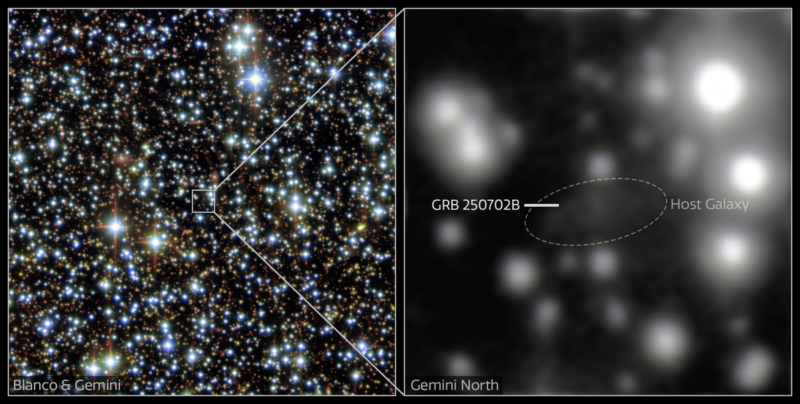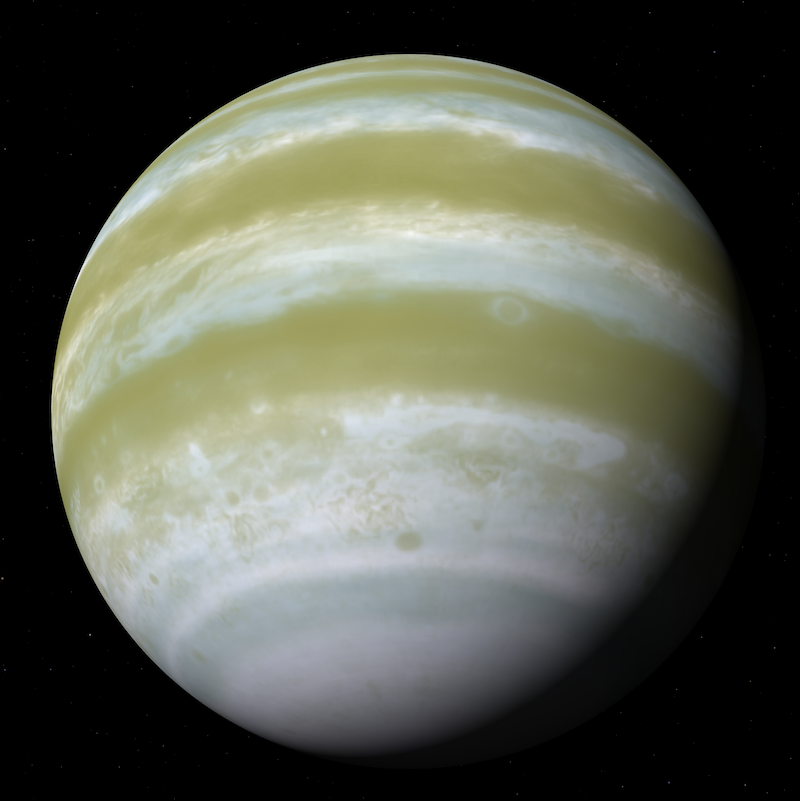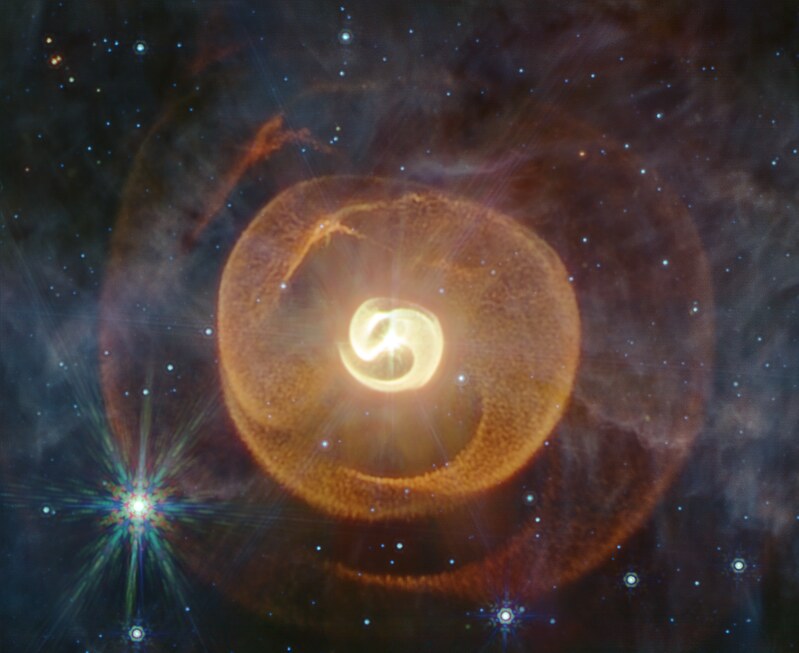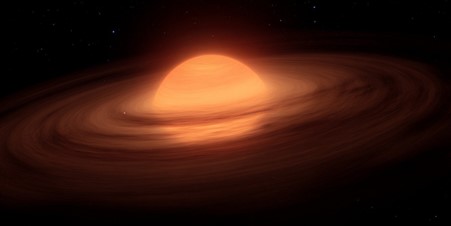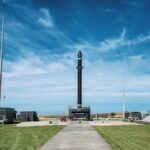Now Reading: Dark energy surprise suggested by super set of supernovae
-
01
Dark energy surprise suggested by super set of supernovae
Dark energy surprise suggested by super set of supernovae
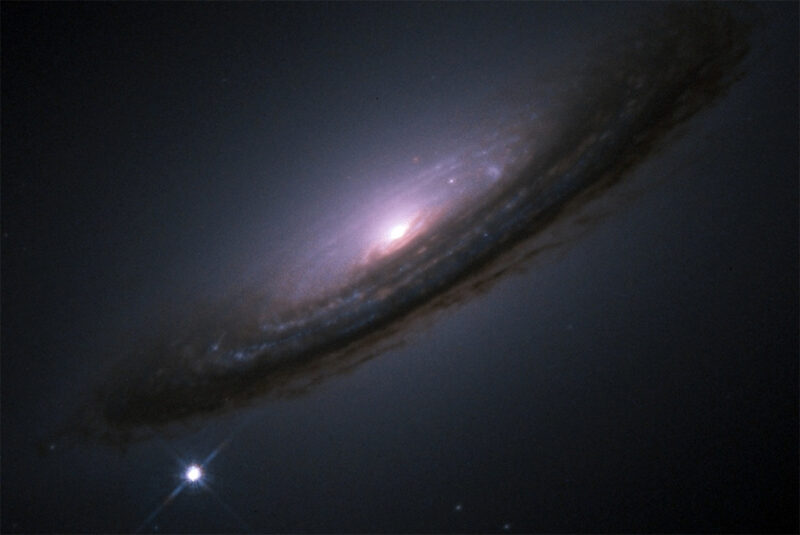
EarthSky’s Dave Adalian talks with astrophysicist David Rubin about new evidence that dark energy might evolve over time.
- Type Ia supernovae let us precisely measure cosmic distances, and gave us the first evidence of the universe’s accelerating expansion.
- New analysis of over 2,000 Type Ia supernovae has found evidence that dark energy might evolve over time.
- If so, it would point to surprising new physics that could affect the fate of the universe.
By Lauren Biron, Lawrence Berkeley National Laboratory. Edits by EarthSky.
Scientists built the largest standardized dataset of Type Ia supernovae ever made
It took about 50 exploding stars to upend cosmology. Researchers mapped and measured light from Type Ia supernovae, the dramatic explosion of a particular kind of white dwarf. In 1998, they announced their surprising results: Instead of slowing down or staying constant, our universe was expanding faster and faster. The discovery of dark energy, the unknown ingredient driving the accelerated expansion, was awarded a Nobel Prize.
Since the late ‘90s, dozens of experiments using different telescopes and techniques have captured and published more than 2,000 Type Ia (pronounced “one A”) supernovae. But without correcting for those differences, using supernovae from separate experiments is often a case of comparing apples and oranges.
To unite the supernovae and more precisely measure dark energy’s role in our universe, scientists built the largest standardized dataset of Type Ia supernovae ever made. The compilation is called Union3 and was built by the international Supernova Cosmology Project, which is led by the Department of Energy’s Lawrence Berkeley National Laboratory.
Analysis of this supernova set hints that dark energy might be evolving over time. The findings, recently published in The Astrophysical Journal, are not strong enough to conclusively say that dark energy has started weakening. But they do point in the same direction as separate analyses by the Dark Energy Spectroscopic Instrument. The two complementary approaches seeing similar results have researchers intrigued. Moreover, a partially independent result from another supernova analysis (including supernovae from the DOE-led Dark Energy Survey) also appears to support the conclusion.
Saul Perlmutter, who shared the 2011 Nobel Prize for discovering dark energy and is a scientist at Berkeley Lab, professor at UC Berkeley, and co-author of the paper, is excited but cautious about the finding:
I don’t think anyone is jumping up and down getting overly excited yet, but that’s because we scientists are suppressing any premature elation since we know that this could go away once we get even better data. On the other hand, people are certainly sitting up in their chairs now that two separate techniques are showing moderate disagreement with the simple Lambda CDM model. It’s exciting that we’re finally starting to reach levels of precision where things become interesting and you can begin to differentiate between the different theories of dark energy.
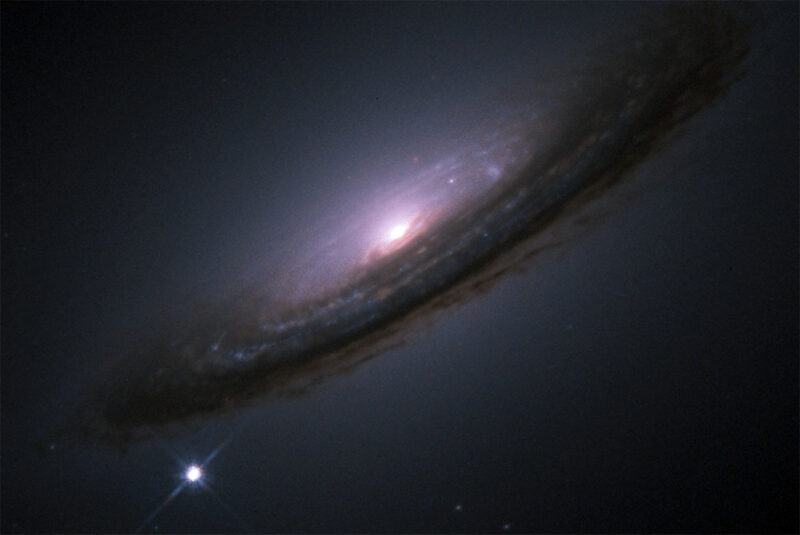
If dark matter changes with time, the fate of the universe is uncertain
In our reigning model, Lambda CDM, dark energy is assumed to have the same strength over time, and it counteracts the gravitational contraction due to cold dark matter. But other models that allow dark energy to change over time might be a better fit for what researchers see in the data. If that’s the case, there are big implications for the fate of the universe.
David Rubin, first author of the Union3 paper, associate professor at the University of Hawai’i at Manoa, and a leading member of the Supernova Cosmology Project, said the study might help settle what the far future state of the universe could be:
Dark energy makes up almost 70% of the universe and is what drives the expansion, so if it is getting weaker, we would expect to see expansion slow over time. Does the universe expand forever, or eventually stall, or even start contracting again? It depends on this balance between dark energy and matter. We want to find out which wins, and we want to understand this underlying piece of our universe.
Tracing the expansion history of the universe using supernovae is one way to figure it out. Because supernovae have predictable brightness, researchers can use them as standard candles to measure distance — the same way you could calculate the length of a dark hallway based on how bright the flames appeared from a set of matching candles. Scientists also study the redshift, a measure of how much the supernova’s light has shifted into redder wavelengths because of the expansion of space.
Union3 standardizes 2,087 supernovae from 24 datasets, and can be used to look back over roughly 7 billion years of cosmic history. It builds on Union2, released in 2010, which contained 557 supernovae. To combine supernovae from disparate datasets, researchers analyze the light curve: the way a supernova’s brightness characteristically peaks and dims over its life. That lets them find the intrinsic brightness and adjust the supernovae so they’re all on the same scale – like calibrating a candle from a different manufacturer.
New analysis removes guesswork from past supernovae observations
Scientists reanalyzed the supernovae with a sophisticated statistical method that can better account for uncertainties, incorporating partial information and the probability of errors. It makes it possible to include factors the researchers might not know exactly, but with constraints on how well they do know them. For example, the new approach can take into account that the filters in a telescope might drift over time, changing the amount of light that gets through from a supernova. This kind of flexibility improves the accuracy of the analysis and was difficult to include in previous techniques.
The improved analysis approach will be used to incorporate additional supernovae. Over the next year, researchers plan to add three more datasets, one with low-redshift (nearer by) supernovae, and two with high-redshift supernovae that look further back in time.
Greg Aldering, another co-author of the paper and physicist at Berkeley Lab who led the Nearby Supernova Factory project, said:
We wanted to set a baseline before we bring in several hundred new low-redshift supernovae, which is one of the areas where the calibration is most crucial and where we have some of the weakest datasets in the results so far. We think we really understand the calibration in a way no one has before, and we’re excited to add more supernovae and see what they can tell us about dark energy.
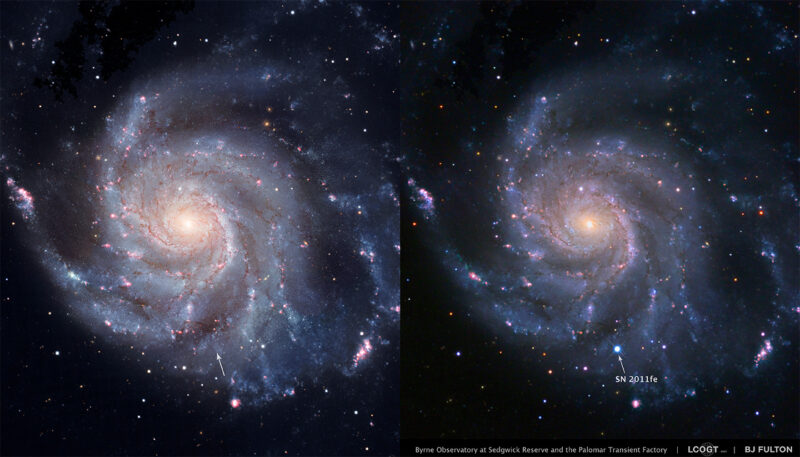
Vera Rubin Observatory to provide flood of supernovae discoveries
The new analysis framework will also help incorporate the tens to hundreds of thousands of additional supernovae expected from the NSF/DOE’s Vera C. Rubin Observatory (which recently released its first images) and NASA’s Nancy Grace Roman Space Telescope over the coming decade.
To paint a more complete picture of how our universe works, researchers can then combine their findings with those from complementary studies of dark energy that use different approaches. The other current leading technique to investigate how dark energy varies over time is via Baryon Acoustic Oscillations (BAO). This is the measurement that Dark Energy Spectroscopic Instrument (DESI) performs.
Perlmutter said:
BAO can look further back in time to when dark energy played less of a role in the universe, and supernovae are particularly precise in the more recent universe. The two techniques are getting good enough that we can really start saying things about the dark energy models. We’ve been waiting to reach this point for a long time.
The joint result from supernovae and BAO used together is also a striking example of the successful focus that a national laboratory can bring to a scientific field. Berkeley Lab supported the Supernova Cosmology Project’s decade-long work leading to the discovery of the universe’s acceleration, as well as its subsequent supernova studies of the dark energy models that might explain it. The lab also initiated and leads the 70-institution DESI collaboration to address the same question with the BAO technique, and led a complementary series of Cosmic Microwave Background (CMB) projects that provide crucial early universe measurements for these dark energy studies.
Researchers in neighboring offices on the same hallway thus helped each other understand the strengths and weaknesses of the two time-varying dark energy approaches, supernovae and BAO, as they were brought together with the CMB to obtain joint results. The projects also have inspired each other’s research agendas, helping build these ambitious, world-leading projects that use some of the largest telescopes on the ground and in space.
Bottom line: A new analysis of supernovae observations hints that dark energy may change strength over time. It could mean we need to recalculate the universe’s fate.
Read more: A new data release hints dark energy may be weakening
The post Dark energy surprise suggested by super set of supernovae first appeared on EarthSky.
Stay Informed With the Latest & Most Important News
Previous Post
Next Post
-
 012024 in Review: Highlights from NASA in Silicon Valley
012024 in Review: Highlights from NASA in Silicon Valley -
 02Panasonic Leica Summilux DG 15mm f/1.7 ASPH review
02Panasonic Leica Summilux DG 15mm f/1.7 ASPH review -
 03From Polymerization-Enabled Folding and Assembly to Chemical Evolution: Key Processes for Emergence of Functional Polymers in the Origin of Life
03From Polymerization-Enabled Folding and Assembly to Chemical Evolution: Key Processes for Emergence of Functional Polymers in the Origin of Life -
 04How New NASA, India Earth Satellite NISAR Will See Earth
04How New NASA, India Earth Satellite NISAR Will See Earth -
 05And Thus Begins A New Year For Life On Earth
05And Thus Begins A New Year For Life On Earth -
 06Astronomy Activation Ambassadors: A New Era
06Astronomy Activation Ambassadors: A New Era -
07SpaceX launch surge helps set new global launch record in 2024













